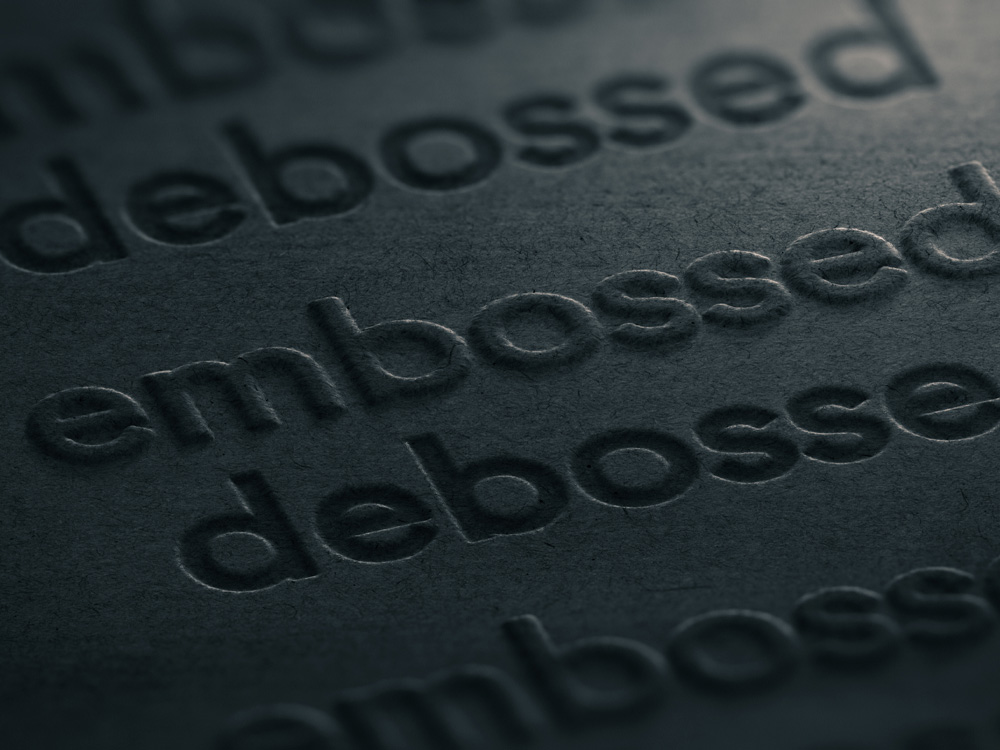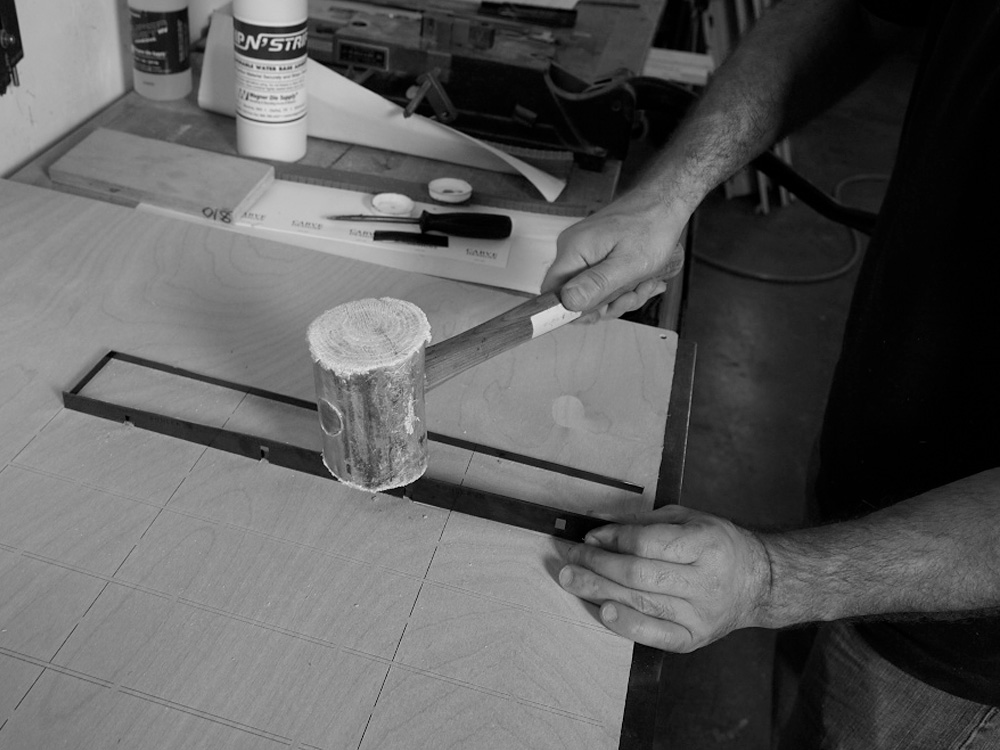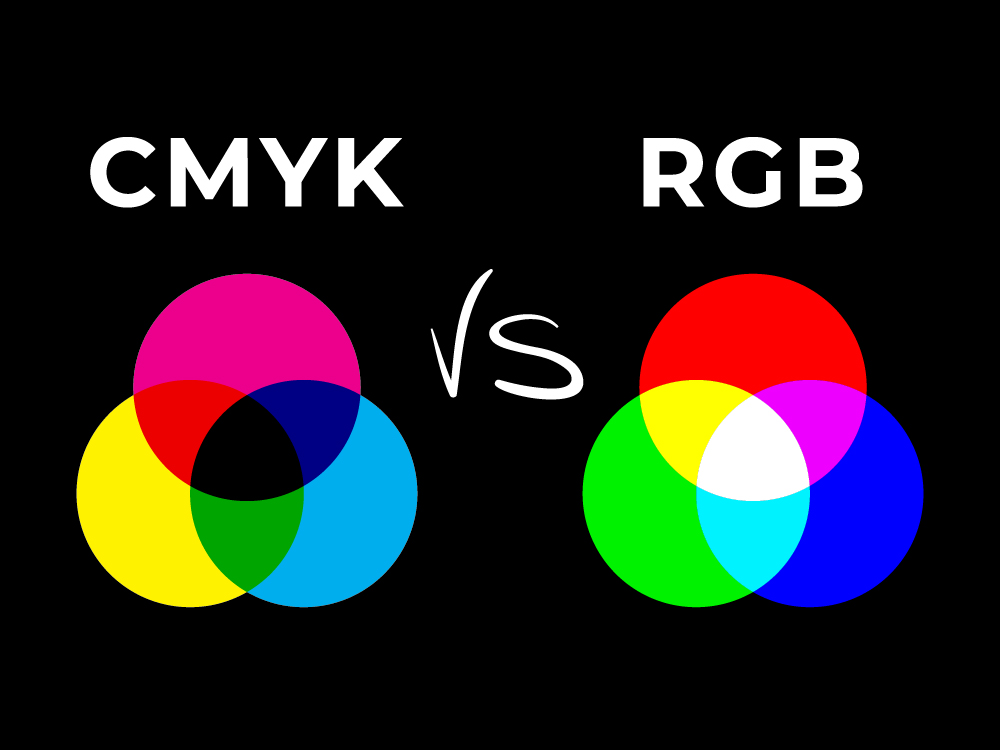You may have heard of the two main types of printing: Offset and Digital. But what’s really the difference? And what format fits best for your printing needs?
Offset
Offset Printing uses the traditional methods, in which large etched metal plates are covered in ink and then pressed onto sheets of paper, one color at a time. With each sheet requiring multiple plates for each color, Offset printing can require considerably more setup and initial investment than it’s Digital counterpart. These setup costs can be (pardon the pun) offset by typically lower costs for ink and paper than in Digital printing.
Digital
Digital Printing, on the other hand, uses electrostatic rollers to apply ink, or toner, onto a sheet. 3Without large etched plates, Digital printing requires far less setup and can print off a sheet with ease and minimal time investment. As a result of this low setup time, Digital printing is often favored for projects with lower turn-around times or quickly approaching deadlines.
But what’s right for me?
Usually, the determining factor in choosing either Offset or Digital is volume. Digital printing is typically preferred for low volume, or short run, jobs, while Offset is better for high volume printing. In this case volume refers to number of copies rather than number of sheets of paper. For example, one copy of a 10,000 page book would be well suited to Digital printing, while 10,000 copies of a single page flier would be a job for Offset.




